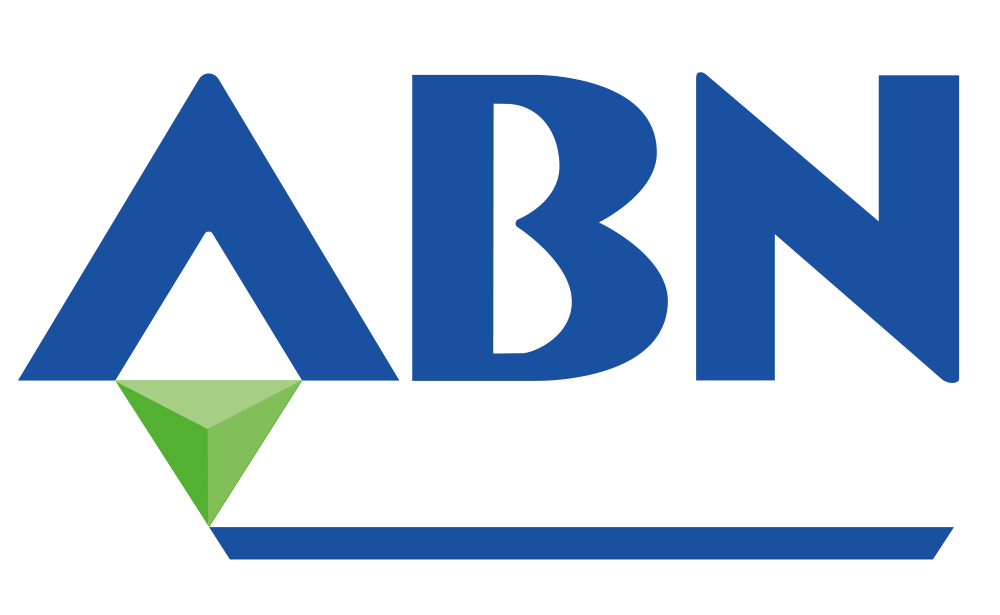Pig breeding companies have been successfully selecting for increased sow prolificacy for many years. Litter size has increased by approximately 0.3 piglets per sow per year over the last 10 years alone. This remarkable improvement contributes significantly to the profitability of the pig industry but as overall litter size increases, the number of vulnerable piglets also increases with a reduced chance of survival.
Increasing the chance of survival, particularly of the small piglet, not only improves piglet welfare but also the profitability of the industry. Due to the importance of this, ABN has devoted a major part of our research effort into the investigation of the effect of maternal nutrition on piglet survival. The initial literature review identified several risk factors associated with a reduction in piglet survival, as follows:
- Low birth weight
- Variation of weight within a litter
- Low energy reserves around birth
- Intake and quality of colostrum
Increasing litter size can mean an increase in litter weaned weight, but is often associated with a reduction in average piglet weaned weight. Similarly, a larger litter is also associated with a greater variation in piglet birth weight and hence an increased number of small piglets. It has long been established that in general smaller piglets at birth have a lower chance of survival especially if they are less than 1kg live weight at birth. This is mainly due to the lower energy reserves of the smaller piglet and the difficulty in controlling body temperature.
The intake of sufficient colostrum is vital for optimum piglet health and growth. It has been established that a piglet should consume at least 200g of colostrum to significantly reduce mortality. This was documented by Quesnel, et al. in 2012 and the results are shown in Figure 1. However, the quantity of colostrum produced by hyperprolific sows is thought not to increase as litter size increases, therefore the quantity available for each piglet is reduced.
Figure 1. Effect of colostrum intake on piglet mortality.

(Quesnel, et al., 2012)
A PhD was commissioned at the University of Leeds to further understand how maternal nutrition may affect piglet survival. The PhD was conducted by Dr Hannah Davis and supervised by Professor Helen Miller over a period of four years.
Several experiments were undertaken to evaluate concepts which may improve the survival of piglets. These included determining the antibody and colostrum yield as well as assessing piglet performance.
Colostrum yield
The work found a significant increase in colostrum and immunoglobulin yield. Colostrum yield was increased by 28% and the effect on immunoglobulin concentration is shown in Table 1.
Table 1. Effect of treatment on immunoglobulin concentration
Experiment | Diet | Immunoglobulin concentration (mg/ml) | ||
IgA | IgG | IgM | ||
1 | Control | 12.4 | 54.1 | 4.0 |
Treatment | 12.9 | 73.2 | 4.3 | |
2 | Control | 11.9 | 58.9 | 3.1 |
Treatment | 12.4 | 63.9 | 3.4 | |
3 | Control | 10.4 | 57.4 | 4.1 |
Treatment | 10.9 | 54.9 | 4.6 | |
P-value | ||||
Diet | 0.944 | 0.025 | 0.019 | |
Experiment | 0.888 | 0.293 | 0.029 | |
Interaction | 0.149 | 0.016 | 0.850 | |
(Davis et al., In press)
Increases in concentration were observed for all immunoglobulins and this was significant for IgG and IgM.
Pre-weaning growth
Working on a cross section of commercial pig units, an increase in colostrum intake has been shown to increase weaned weight and this effect is proportionally greater with piglets of smaller birth weight (Declerck, et al., 2016 and the results are shown below in Figure 2).
Figure 2. The effect of colostrum intake and birth weight on weight at weaning.

(Declerck et al., 2016) |
The results of the research clearly show the impact of colostrum intake on weaned weight. As colostrum intake is increased so is weaned weight and the effect of this is relatively greater for the piglet with a lower birth weight of ~0.95 kg.
It was therefore interesting to see that the results of each trial at the University of Leeds also showed that the treatment group associated with an increase in colostrum production consistently increased piglet weight both at 24 hours after birth and at weaning (Table 2).
Table 2. Effect of treatment on piglet weight.
Experiment | Diet | Average Pig Weight (kg) | |
24hrs after Birth | Weaning | ||
1 | Control | 1.52 | 7.12 |
Treatment | 1.56 | 7.35 | |
2 | Control | 1.44 | 6.92 |
Treatment | 1.48 | 7.14 | |
3 | Control | 1.44 | 7.22 |
Treatment | 1.48 | 7.44 | |
4 | Control | 1.57 | 7.45 |
Treatment | 1.61 | 7.67 | |
P-value | |||
Diet | 0.088 | 0.054 | |
Experiment | 0.001 | 0.019 | |
Interaction | 0.164 | 0.326 | |
(Davis, et al., In press)
Conclusion
Dietary changes led to an increase in colostrum by as much as 28% in some trials (colostrum yield not measured in every trial) and an increase in concentration of immunoglobulins by almost 10% across all trials which would increase the colostrum and immunoglobulin intake of the piglets. Peer reviewed published scientific work shows a positive relationship between colostrum intake and improved viability of piglets resulting in reduced mortality. The ABN sponsored research does confirm the literature where an improvement in colostrum intake has increased piglet weight gain through to weaning. This research breaks exciting new ground and has confirmed ABN’s determination to follow through on this considerable promise by focusing their research and development in this area. Improving piglet vitality through maternal nutrition has the potential to offer the industry improved animal welfare and significantly increased productivity.
